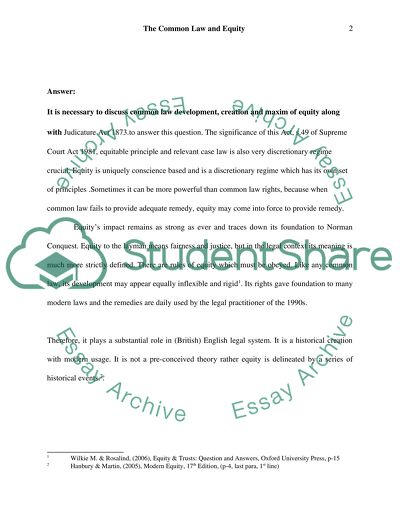The common law and equity Case Study Example | Topics and Well Written Essays - 3500 words. Retrieved from https://studentshare.org/miscellaneous/1499948-the-common-law-and-equity
The Common Law and Equity Case Study Example | Topics and Well Written Essays - 3500 Words. https://studentshare.org/miscellaneous/1499948-the-common-law-and-equity.


